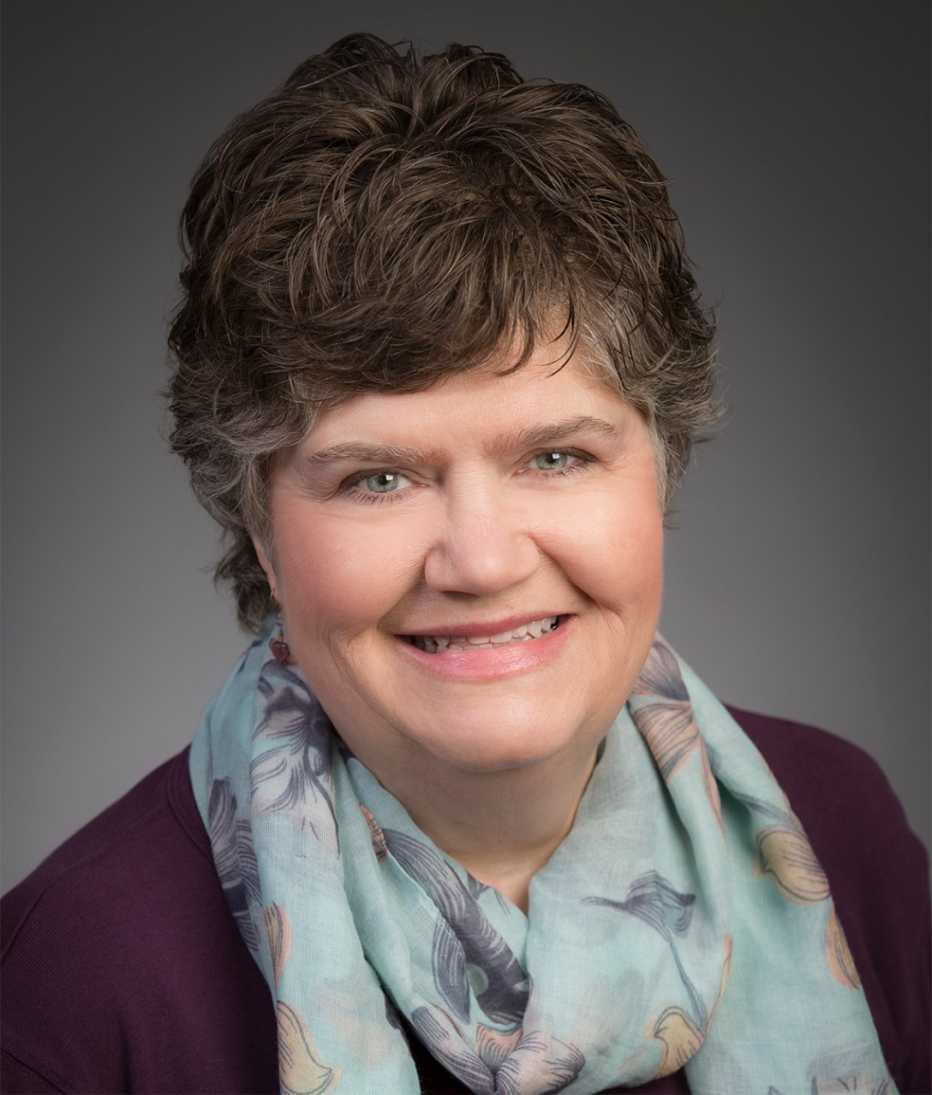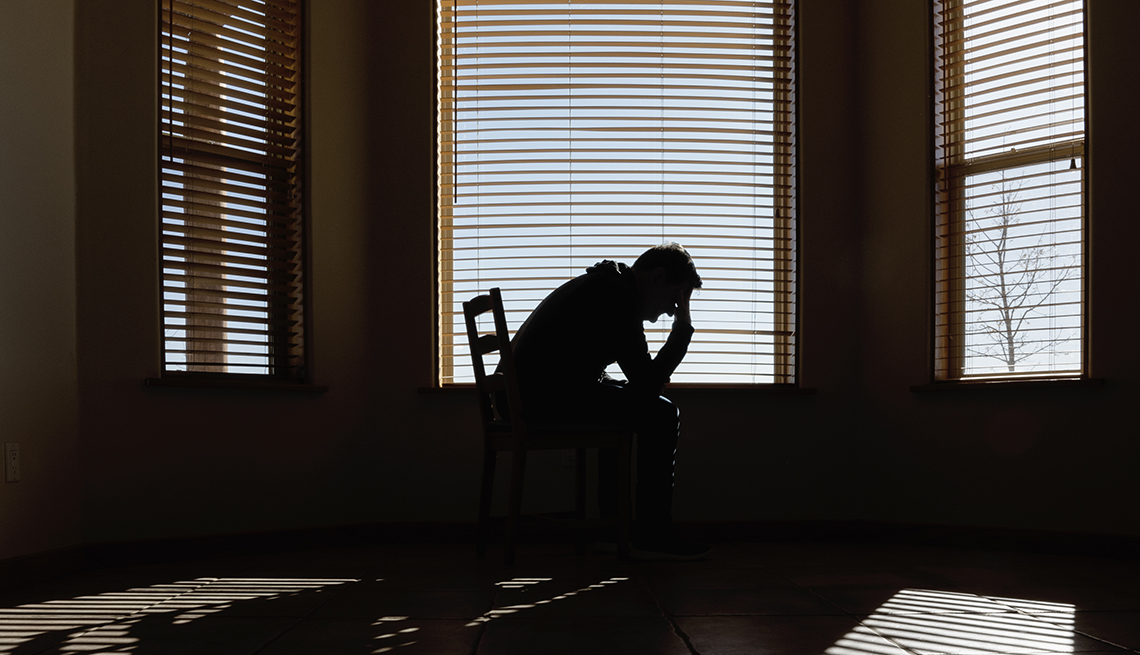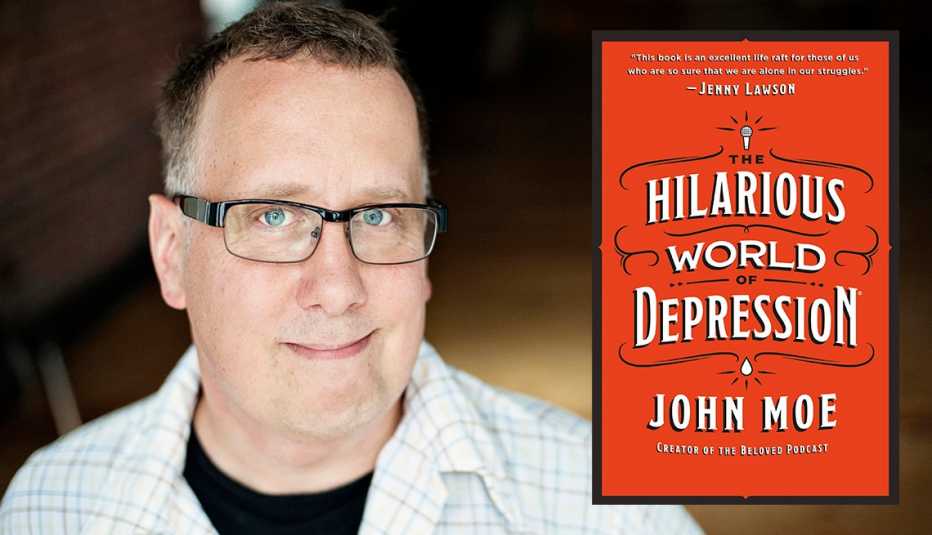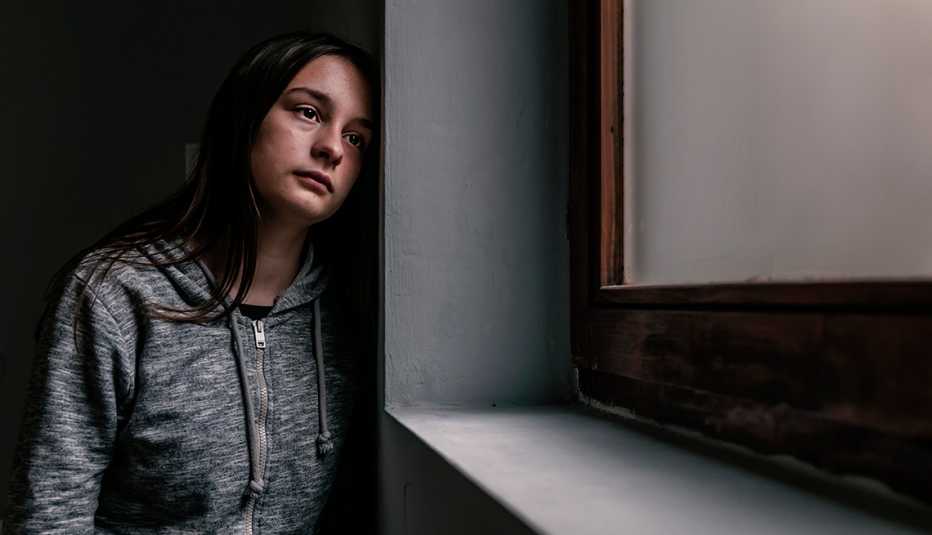Staying Fit
We’ve all had moments in our lives when we feel sad. But if weeks go by and those feelings linger, it may be a sign of clinical depression. More than mere sadness, depression is a mood disorder that can suck the joy out of life and leave you feeling too overwhelmed to engage in normal daily activities or to get much pleasure from people or things that you previously enjoyed. It can be exacerbated by stressful life events, such as the COVID-19 epidemic, thought to be a factor in surging rates of mental health issues around the world.
But depression doesn’t always manifest itself as melancholy; some people with the disorder (particularly men) may express anger, rather than sadness, says Maria Oquendo, M.D., professor and chairman of psychiatry at the University of Pennsylvania’s Perelman School of Medicine. “Depression is often missed in males because it shows itself more as irritability than as sadness,” she notes. “Most people don’t conceptualize it as depression. They’ll think, Well, he’s just a cranky dude. In fact, it’s not just that.”


AARP Membership— $12 for your first year when you sign up for Automatic Renewal
Get instant access to members-only products and hundreds of discounts, a free second membership, and a subscription to AARP the Magazine.
And among older people, depression can look a lot like dementia, according to the National Institutes of Health, with symptoms such as decreased energy or fatigue, moving or talking more slowly, and more difficulty concentrating, remembering or making decisions.
Other common physical symptoms of depression (for people of all ages) include headaches, joint pain, fatigue, loss of appetite, difficulty sleeping and gastrointestinal problems.
At its worst, depression can cause someone to feel complete and utter hopelessness and to have thoughts of suicide (see sidebar).
The good news is that depression is very treatable. “There are a variety of highly effective treatments available,” says Amanda M. Spray, a clinical psychologist at NYU Langone Health, who points to medication — typically, selective serotonin reuptake inhibitors (SSRIs, such as Prozac and Lexapro) — and techniques like cognitive behavioral therapy (CBT), “which helps the individual to understand the link between their thoughts, feelings and behaviors.”
It’s important to get help when you’re hurting. As Oquendo notes, “Willing depression to go away doesn’t work.”
Since depression can feel different to different people, AARP asked five adults who have had the condition to describe what it feels like and to share what helps them cope.
Nita Sweeney, 60, Columbus, Ohio
“It’s like walking through sludge.”
Growing up, Nita Sweeney had always been kind of melancholy, more sensitive than other kids. But it wasn’t until college that she really began to notice feelings of depression. “I worked hard and got good grades, but when life threw anything at me, say, a breakup, it felt huge and outsized,” she says. “I would be devastated, and it was hard to function.”


Years later, when Sweeney was practicing law, she was one of the top attorneys at her firm but had to work twice as hard as her colleagues. “Not only did I have to do the work, but there was a huge hurdle — that initial inertia and paralysis — that had to be overcome before I could actually do anything,” she explains. “I felt heavy, like there was lead in my bones and weights on my arms and shoulders. It was physically painful. It’s like walking through sludge.”
Even more devastating was the feeling of blankness and profound emptiness that Sweeney, the author of Make Every Move a Meditation, still sometimes experiences during episodes of deep depression. “Everything looks gray,” she says. “Life loses its vibrancy.”
At age 33, she came close to killing herself. Deeply depressed and convinced that she was a burden to her family, she laid down on the carpet in the family room and devised a plan. “I would get into the station wagon in the garage, turn on the ignition and sit there until I went to sleep. … It was so clear that it was what I needed to do. It was the best solution for everyone.”
Fortunately, fate intervened, in the form of a phone call. It was Sweeney’s counselor’s office, asking where she was. (She had slept through her appointment.) “That phone call saved my life,” she says. She drove straight to her therapist’s office and, a few hours later, was admitted to a local hospital. She stayed for five days, just long enough to get stable.
Since then she’s experimented with different medications; she’s currently on Prozac. She also goes for talk therapy once a month, as well as neurofeedback, a treatment that measures real-time feedback from brain activity (say, while watching a movie) and retrains the brain to develop healthier patterns.
How she copes: Sweeney does writing practice, a form of therapy that she compares to meditation with a pen. “It’s a little like journaling except you do it in a specific time period, keeping your hand moving and without stopping to think. You grab sensory details, looking around and writing about what you see. It grounds you in reality, as opposed to being up in your head.”
But the biggest emotional lift for Sweeney has been running. It’s not just the mood-boosting brain chemicals that physical activity generates, she says. “There’s a sense of community because I sometimes run with a group. I also do races, and there’s a training plan, so there’s structure. And there’s a sense of achievement that you get from achieving your goals — I said I was going to run three miles, and I did that.” Sweeney insists that the exercise really works: “Depression hates a moving target.”









































































